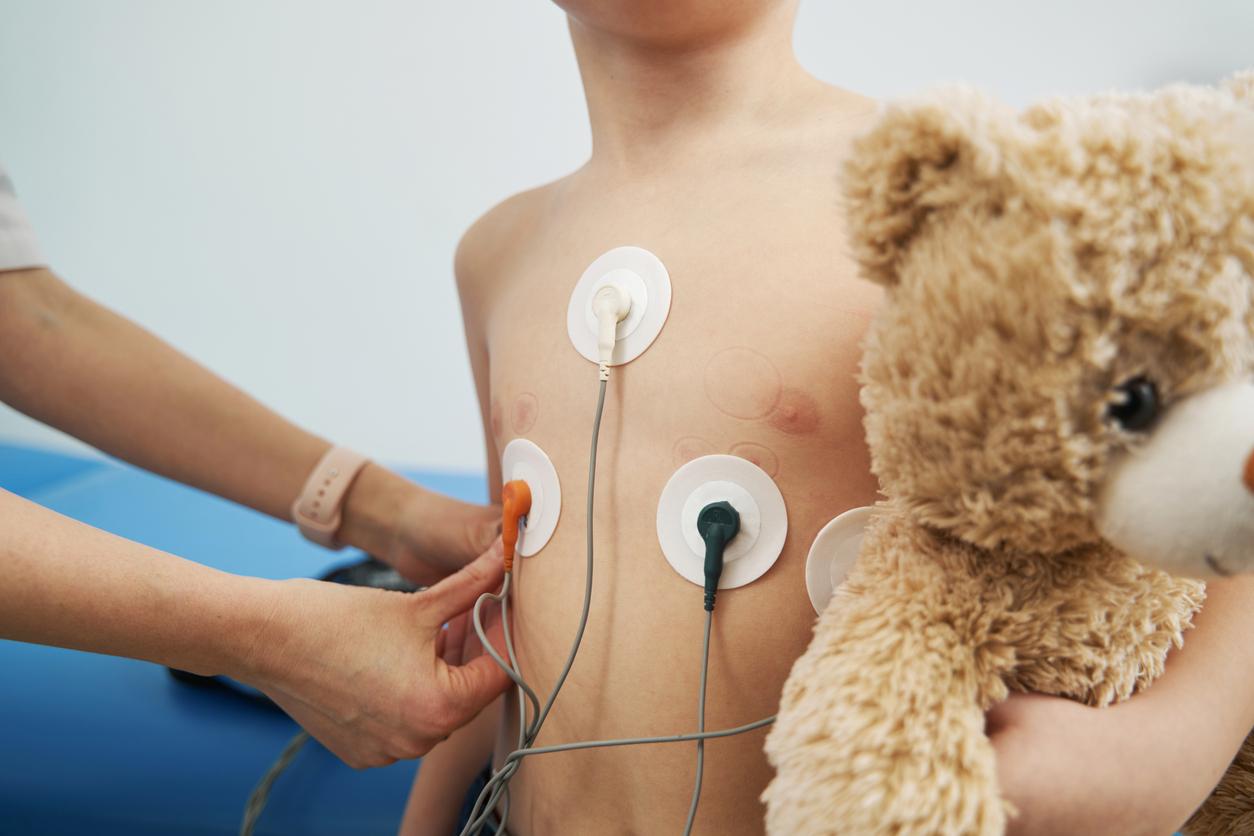In the United States, a leadless pacemaker was implanted for the first time in a 13-year-old child.

- A 13-year-old child received a dual-chamber leadless pacemaker.
- This is the first time that such a device has been implanted in a child.
- It limits the risk of complications and removes restrictions on physical activity.
It is a small metal object that fits in the palm of the hand. The dual-chamber leadless cardiac simulator is an innovative device for treating patients with cardiovascular disorders. For the first time, an American surgeon implanted this device in a child. The operation was reported in the magazine PACE: Pacing and Clinical Electrophysiology.
The leadless pacemaker allows you to resume physical activity, without restriction
“A 13-year-old patient was referred to the UC Davis Pediatric Electrophysiology Clinic for presyncope, feeling light-headed or dizzy without actually passing out, after being monitored for years for complete heart block congenital”explain the team of Doctor Dan Cortez, director of the pediatric electrophysiology department at UC Davis, in a press release. This disease can lead to sudden death. However, various examinations showed a progressive drop in the child’s average heart rate: for this reason, the doctors spoke about fitting a pacemaker to the family. “As the patient wanted to remain active in sports without restrictions, leadless stimulation was presented as an option and the family agreed.it is specified.
In fact, with this type of pacemaker, the patient has no contraindication for activity as explained by Dr. François Le Gal, cardiologist at Poitiers University Hospital, during the first installation of the device. in an adult in his hospital establishment in 2016. “The leadless pacemaker is a turning point! It brings us into a new era for cardiac stimulation”indicates the expert on the hospital website. The absence of a probe eliminates the risk of infections and thromboses. “The procedure, carried out under local anesthesia, only requires a small incision in the thigh, from which the pacemaker will be introduced into the femoral vein and then raised to the heart.specifies the hospital. This reduces the length of hospitalization by half and limits post-operative care at home. “The patient does not feel any discomfort and no contraindication of activities is imposed on him.indicates the establishment.
Pacemaker: a non-invasive operation via the jugular vein
The leadless pacemaker, called AVEIR, placed on the adolescent has a dual chamber: it helps regulate the heart rate by stimulating the upper (atrial) and lower (ventricular) chambers of the heart. UC Davis states that it was implanted via the right internal jugular vein (instead of the femoral vein).so that the patient can move easily and return to sport more quickly”. No complications were reported, and after three months the child was able to return to physical exercise and sports.
This type of device has been authorized for adults since 2023 in the United States. “Everyone, including children, can now enjoy the benefits of leadless pacemakers and without the complications that come with long-term leadsconcludes Dan Cortez. No matter what type of stimulation a child needs (atrial or ventricular, or both), they can now safely receive leadless stimulation and, after the short recovery period, have no restrictions on their stimulation. activity level.”
















